Search The Collection
Filter By
Object Type / Material
Geographic Location
Date / Era
Department
Show Only:
- As part of the Met's Open Access policy, you can freely copy, modify and distribute this image, even for commercial purposes.APIPublic domain data for this object can also be accessed using the Met's Open Access API
- Objects with changed or unknown ownership in continental Europe between 1933-1945. Learn more
Showing 190 results for Balkan; lock, Italian
Sort By:
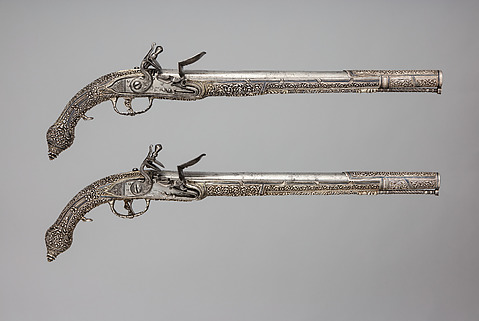
Balkan; barrel, Russian; lock, Italian
18th century
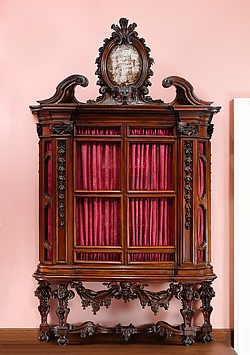
Niccolo Michetti
ca. 1715

Balkan
18th century
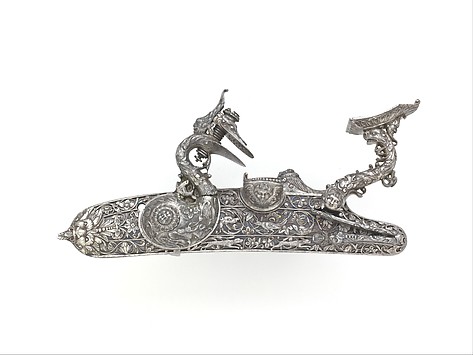
Sebastiano Cecchi, called Acquafresca
dated 1679
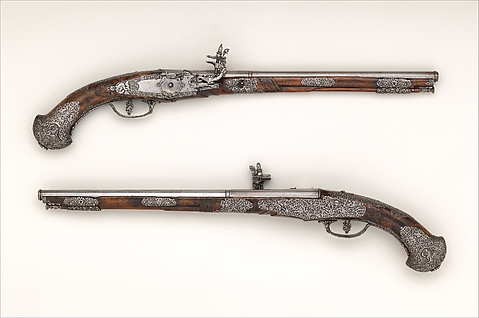
Giovan Antonio Gavacciolo
mid-17th century
Balkan; lock, Italian
first quarter of the 19th century

Canaletto (Giovanni Antonio Canal)
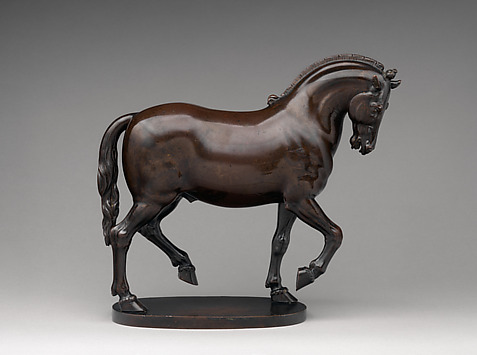
Giambologna
probably 1587–91
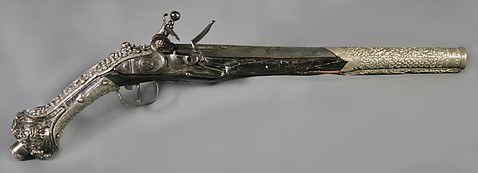
Balkan
18th–19th century
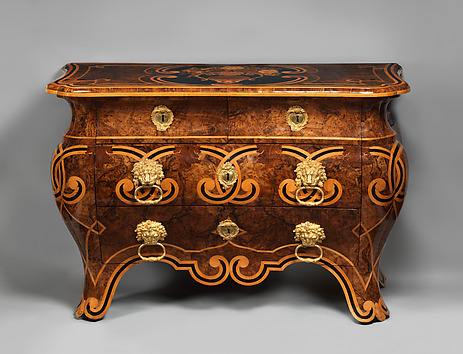
Pietro Piffetti
ca. 1760
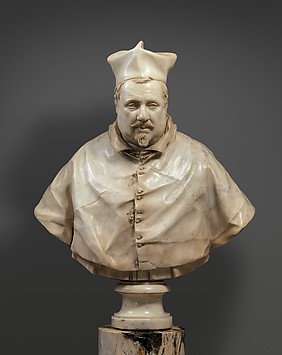
Giuliano Finelli
1631–32
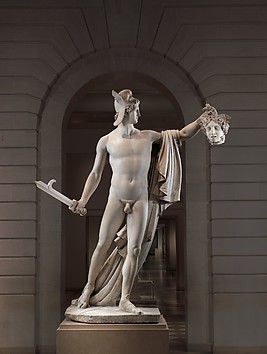
Antonio Canova
1804–6
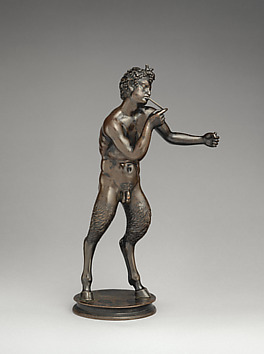
Antico (Pier Jacopo Alari Bonacolsi)
ca. 1510–ca. 1520
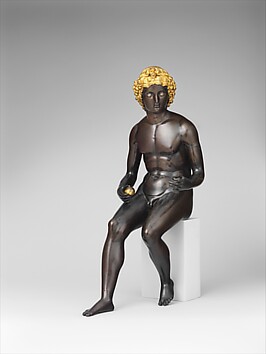
Antico (Pier Jacopo Alari Bonacolsi)
ca. 1518–1524
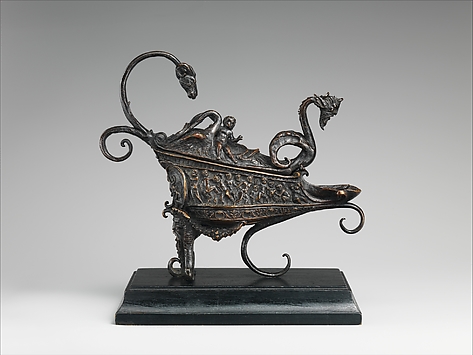
Andrea Briosco, called Riccio
ca. 1510–20
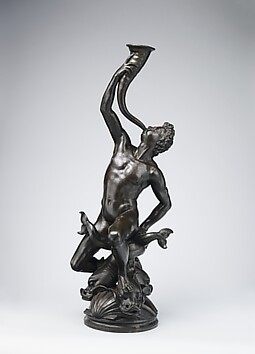
Giambologna
1590s
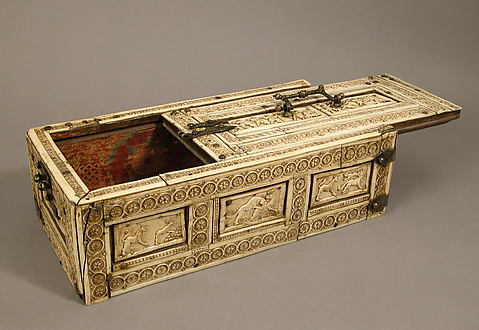
Italian or Byzantine
12th century

Giambologna
mid-1570s

Niccolo Michetti
ca. 1715
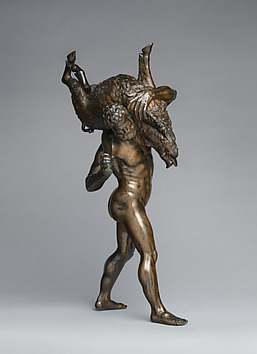
Giambologna
Late 17th or 18th century
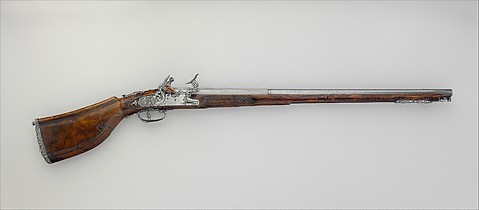
Carlo Bottarelli
ca. 1660–70
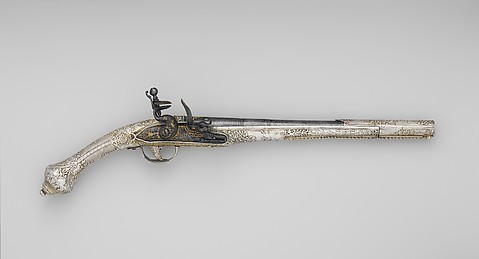
Balkan, lock and barrel European (probably French)
18th century
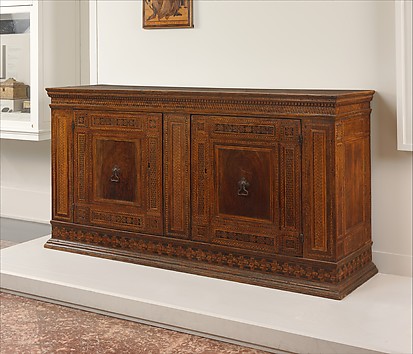
Italian, Florence or Siena
ca. 1450–80
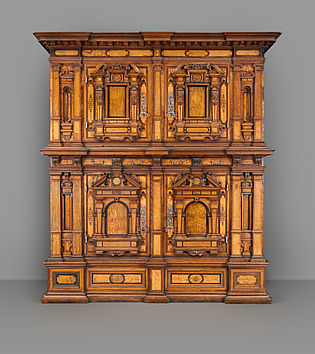
German, Nuremberg
early 17th century
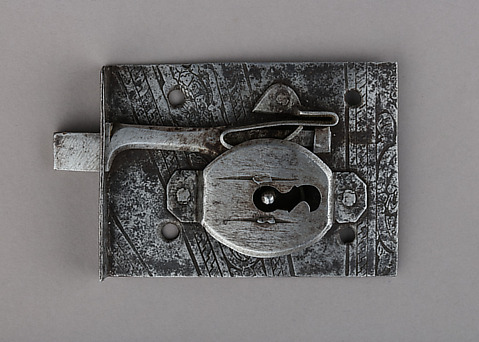
possibly Spanish, possibly Italian
ca. 1570
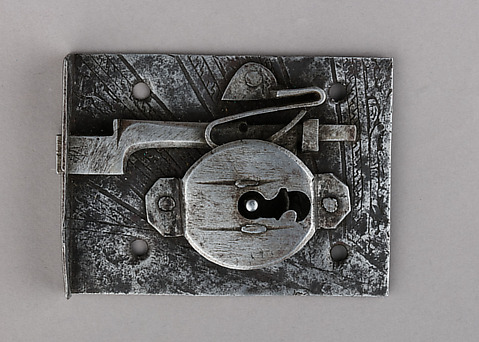
possibly Spanish, possibly Italian
ca. 1570
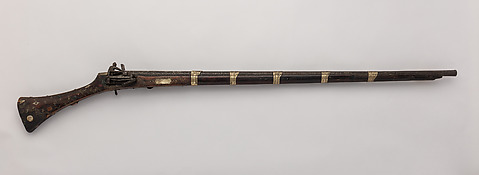
Balkan, Italian barrel
Barrel 17th c.., gun later
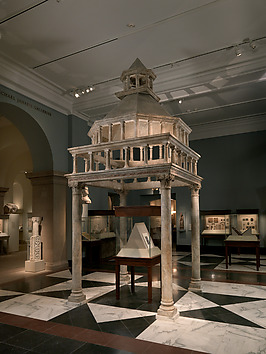
Nicolaus Ranucius (Ranierius) and His Sons, Johannes and Guittone
ca. 1150
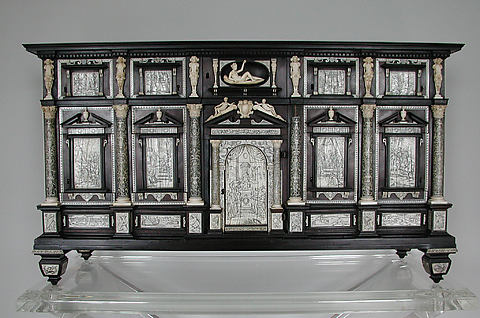
Iacopo Fiamengo
ca. 1595–1600
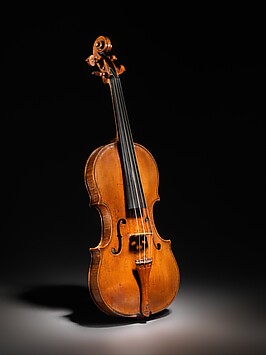
Andrea Amati
ca. 1560
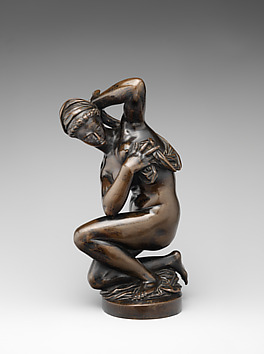
Giambologna
17th century
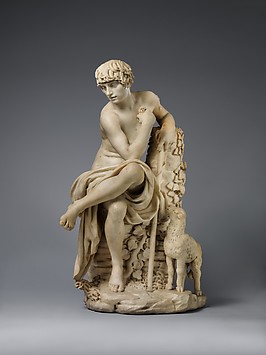
Domenico Pieratti
ca. 1625–30
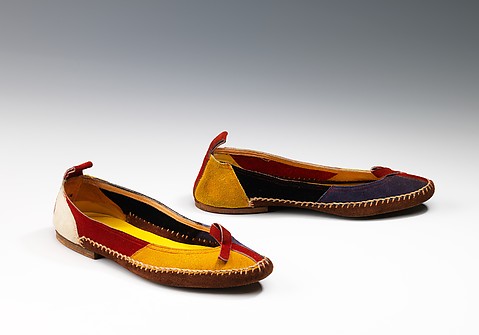
Albion
1958
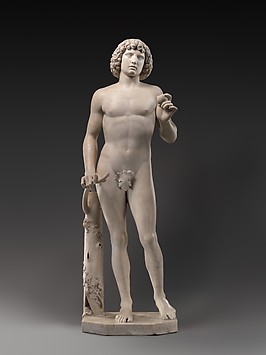
Tullio Lombardo
ca. 1490–95
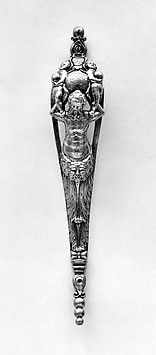
Pietro Ancini
dated 1643

Andrea Briosco, called Riccio
after 1600
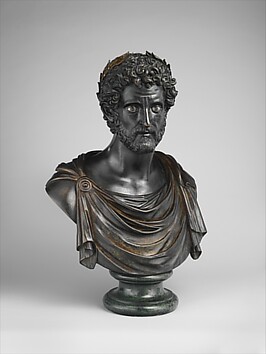
Antico (Pier Jacopo Alari Bonacolsi)
1519–24
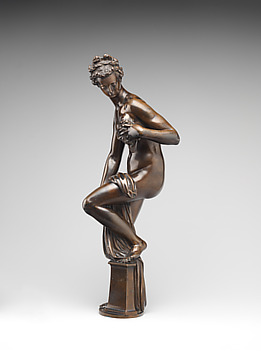
Giambologna
early 17th century
Italian, decorated in Balkans
18th–19th century
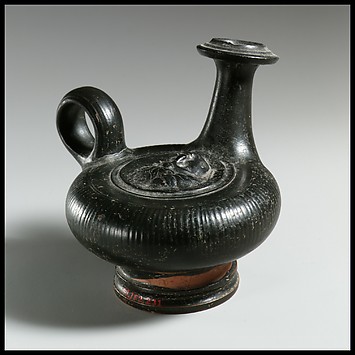
Greek, South Italian, Campanian
4th century BCE